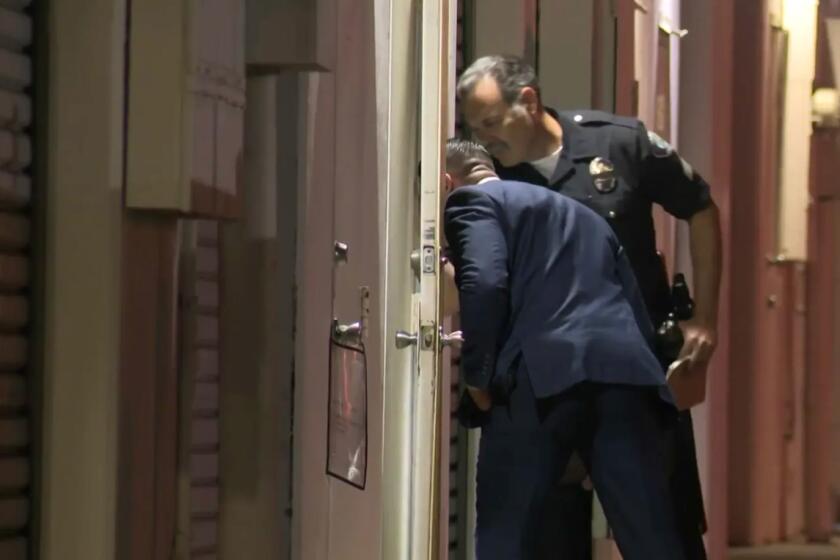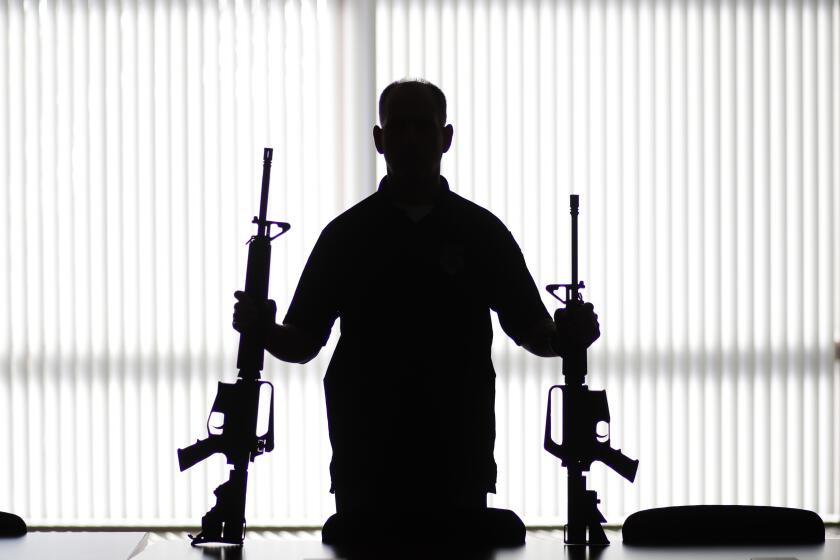Injunction’s Proper Scope Fights Gang, Respects Rights
There comes a point in the life of any neighborhood overwhelmed by crime when social surrender becomes inevitable. That critical mass has been reached when a resident like Barbara Aldridge no longer feels that she can safely walk the half-block to her mother’s home after dark and as a result just stays home. It’s there when someone like Roberto Castillo feels that nothing can be done about the gunfire that will surely startle his grandchildren out of sleep at night.
The rest is sadly predictable: An honest, hard-working community succumbs; elected leadership seems oblivious to the process, and the only sign of permanent, lasting power comes from the smothering criminal element and not from police or local government officials. Restoring a sense of optimism among residents is the first and most important step in reclaiming neighborhoods under siege.
Now, some residents of a 17-block area of Jefferson Park off Interstate 10 have begun to feel perhaps their first bit of hope in years. The change is attributable to a temporary injunction issued Friday by a Superior Court judge against 18 members of the now nationally notorious 18th Street gang.
The action, rightly if belatedly pressed by Los Angeles city officials, is sharply limited. It involves just a handful among the city’s largest and most widely dispersed street gang, which has as many as 20,000 members. Among other things, the injunction bars the targeted members of one branch of the gang from associating with each other in public in groups of more than two. Judge Alan G. Buckner’s order also sets a nighttime curfew on juvenile gang members not traveling to work or school and forbids gang members from acting as lookouts.
Most important, perhaps, the injunction appears grounded in the same type of legal arguments as a broader San Jose injunction against 38 gang members. That court order received a constitutional stamp of approval last month from the U.S. Supreme Court.
Anti-gang injunctions have been granted in more than a dozen California communities, and officials in each, in varying degrees, later claimed a reduction in gang-related crime.
In 1993, for example, an Orange County Superior Court judge granted a temporary injunction barring 59 members of the West Trece gang from “standing, sitting, walking, driving, gathering or appearing anywhere in public view” within a 25-block area. Westminster police reported a marked decline in gang activity during the two months it was in force.
Still, it ought to be very clear that this is just one part of the solution. Expanded witness protection is another good idea, along with delinquency prevention programs. It’s also obvious that far better coordination between neighboring police departments and between police and other municipal agencies is needed.
One must wonder how a gang could have grown to such a size without any strong local or state government action being taken against it. The kind of attention now focused on the 18th Street gang is needed before more neighborhoods are held hostage.
More to Read
Start your day right
Sign up for Essential California for news, features and recommendations from the L.A. Times and beyond in your inbox six days a week.
You may occasionally receive promotional content from the Los Angeles Times.






